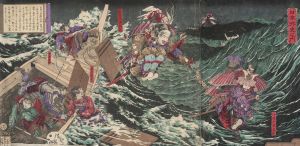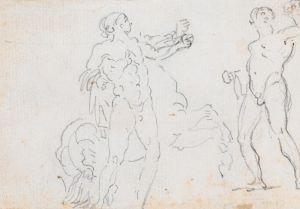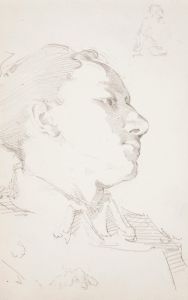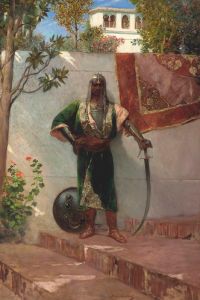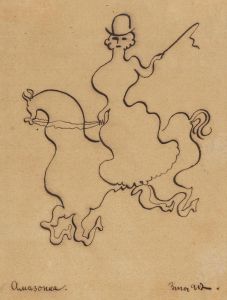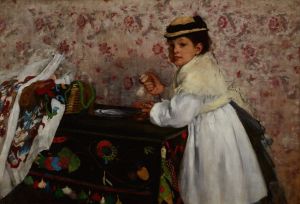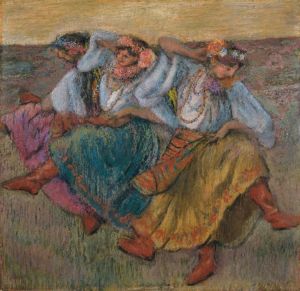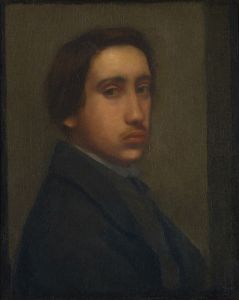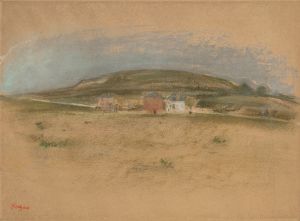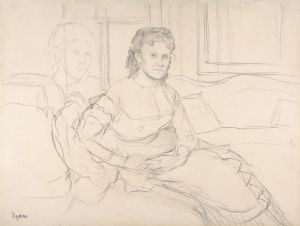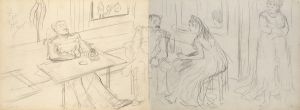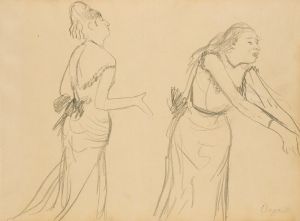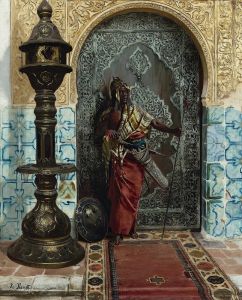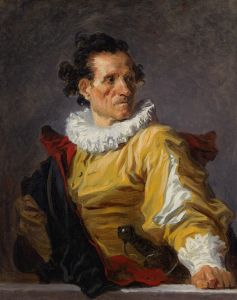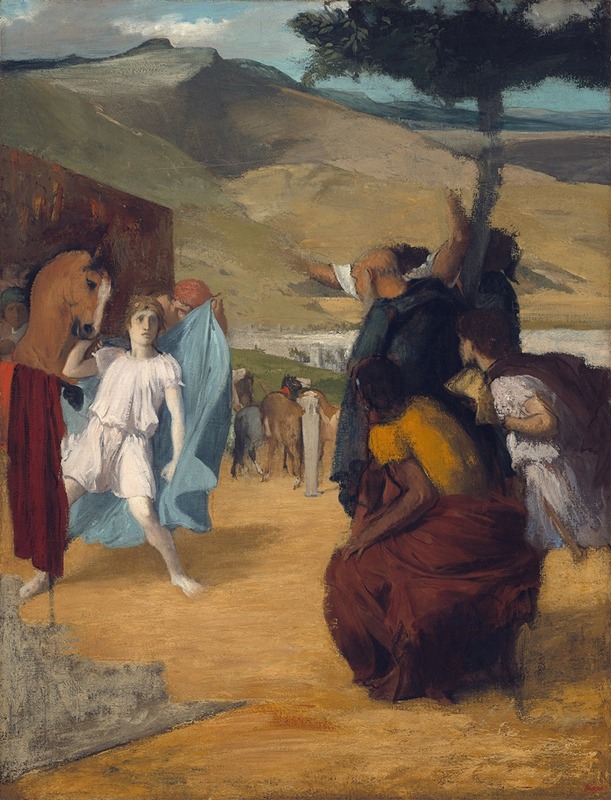
Alexander and Bucephalus
A hand-painted replica of Edgar Degas’s masterpiece Alexander and Bucephalus, meticulously crafted by professional artists to capture the true essence of the original. Each piece is created with museum-quality canvas and rare mineral pigments, carefully painted by experienced artists with delicate brushstrokes and rich, layered colors to perfectly recreate the texture of the original artwork. Unlike machine-printed reproductions, this hand-painted version brings the painting to life, infused with the artist’s emotions and skill in every stroke. Whether for personal collection or home decoration, it instantly elevates the artistic atmosphere of any space.
"Alexander and Bucephalus" is a painting by the renowned French artist Edgar Degas, created around 1861. Degas, primarily known for his works depicting ballet dancers, horse races, and everyday scenes of Parisian life, ventured into historical themes with this particular piece. The painting illustrates the famous story of Alexander the Great and his horse Bucephalus, a tale that has been celebrated in classical literature and art for centuries.
The story of Alexander and Bucephalus originates from ancient texts, most notably those by Plutarch and Arrian. According to these accounts, Bucephalus was a magnificent but unruly horse that no one could tame. When Alexander, then a young boy, observed the horse's behavior, he noticed that Bucephalus was afraid of his own shadow. Demonstrating his keen insight and bravery, Alexander turned the horse towards the sun so that its shadow would fall behind it, calming the animal. He then successfully mounted and rode Bucephalus, impressing his father, King Philip II of Macedon, and those present. This event is often cited as an early indication of Alexander's future greatness.
Degas's interpretation of this legendary moment captures the dynamic interaction between the young Alexander and Bucephalus. The painting is characterized by its dramatic composition and the use of light and shadow to emphasize the tension and energy of the scene. Degas's skillful rendering of the horse's powerful physique and Alexander's determined expression highlights the pivotal moment of their encounter.
"Alexander and Bucephalus" reflects Degas's academic training and his interest in classical subjects, which was particularly prominent in his early career. Degas studied at the École des Beaux-Arts in Paris and spent time in Italy, where he was influenced by the works of Renaissance masters. This background is evident in the painting's classical composition and attention to anatomical detail.
The painting is part of a private collection and is not as widely known or exhibited as some of Degas's other works. However, it remains an important piece within his oeuvre, showcasing his versatility as an artist and his ability to tackle a variety of subjects with equal skill and sensitivity.
In summary, "Alexander and Bucephalus" by Edgar Degas is a significant work that captures a legendary moment from ancient history through the lens of a 19th-century artist. It exemplifies Degas's early interest in classical themes and his mastery of composition and detail, contributing to our understanding of his artistic development and the breadth of his subject matter.





